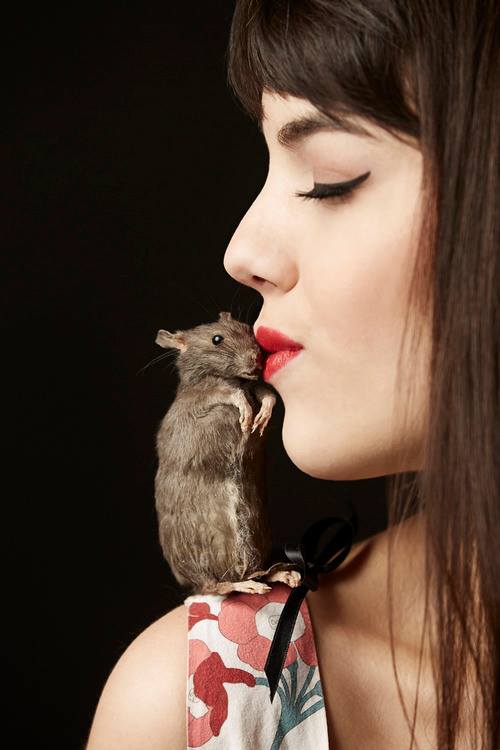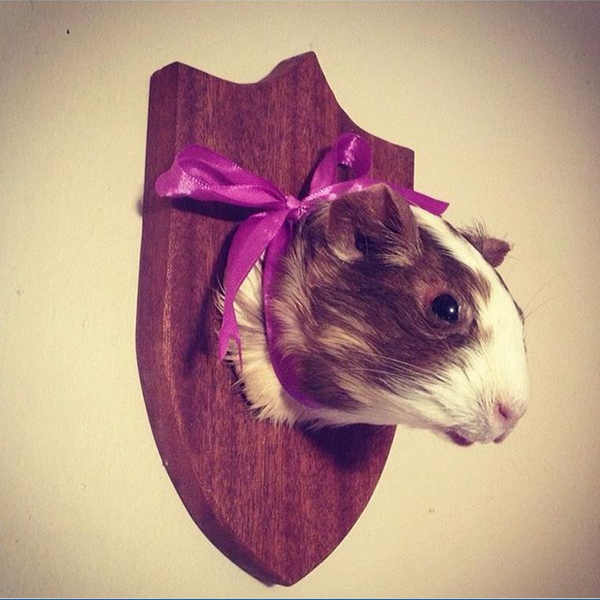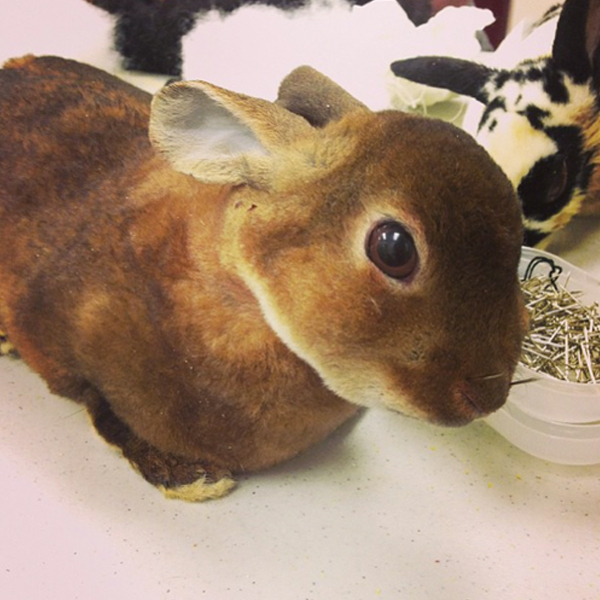When you see the word “taxidermist,” what kind of image comes to mind? Perhaps it’s a burly man with a Gandalf beard wearing a stained flannel shirt standing next to a deer carcass. If that’s you (as it was me until just this week), get ready for that image to shatter.
Mickey Alice Kwapis, taxidermist, is changing the world of taxidermy – one critter at a time. In an age when anything and everything is going digital and the word “millennial” is thrown around as a burn, this young professional is making waves by embracing the rich tradition and art of taxidermy.
Kwapis performs freelance taxidermy and travels the country to teach classes to the general public. On her website she says, “The point of what I do is to create something that looks lifelike and alive, and to teach others the skills necessary to do taxidermy the traditional and anatomically correct way.”
If you check her out on Instagram or Tumblr, you can see the variety of animals she’s worked with – everything from kangaroos to octopi – and she only started this work toward the end of her time at college. Of entering the field, she says, “One night after work, my coworker invited me over to help with a biology project for one of her classes. A night of cheap red wine and a dead squirrel turned into a full-blown business for me.” Tada! (And to think of all the road kill I’ve passed without a second thought…)
Since that one fateful night, she’s gone on to teach classes and sell her product all over the country. And it seems that everywhere she goes, people are surprised by this young, intelligent woman so clearly passionate about taxidermy and how infectious this passion becomes (she was actually in Houston last year).
In a piece called, “Why Do Nashville Hipsters Love Taxidermy?,” NPR tried to determine what the craze was all about. Beginning with the growing community of “Hipsters Who Hunt,” NPR discussed how “DIY culture is inspiring everything from knitting to canning.” The interview posited the question, “Is taxidermy all of these impulses rolled into one?”
If you follow Kwapis’ business model, it certainly seems true.
You see, for her, nothing goes to waste. On her About page, she states:
“No animals are ever killed for the sake of taxidermy or art or trophy. The skin is used for educational purposes. The skull and bones are either used for teaching collections in schools or ground into bone meal (a special kind of fertilizer) and the organs and meat are used for feeding other animals. Bottom line: nothing goes to waste.”
So there you have it folks! There’s a young, funky, environmentally-minded, ethical taxidermist coming to HMNS to teach you! Don’t wait – sign up for her class (on March 29) now. (Register A.S.A.P.; space is very limited!)
ABOUT MICKEY ALICE KWAPIS
Mickey Alice Kwapis is a twentysomething licensed taxidermy educator and biology enthusiast based in Cleveland, Ohio. She travels internationally to teach traditional taxidermy techniques for affordable prices to anyone who wants to learn. She will be offering two classes at the Houston Museum of Natural Science on March 29. More info is below.
TAXIDERMY CLASSES AT HMNS
Learn traditional taxidermy techniques from licensed taxidermist Mickey Alice Kwapis. You will acquire the skills necessary to do taxidermy the traditional and anatomically correct way the first time. You will transform a frozen rabbit into a beautiful taxidermy piece over the course of a few hours, as well as learning the fundamentals of ethical taxidermy. The class fees are inclusive of all supplies needed. Participants must be 15 years of age or older. Participants under 18 must be accompanied by a parent.
Beginning Taxidermy: Full-Body Bunny Mount
Saturday, March 29, 9 a.m. – 12 p.m.
Tickets $235, Members $200
Advanced tickets required. For tickets, call 713-639-4629 or click here.








